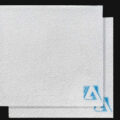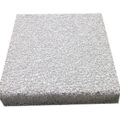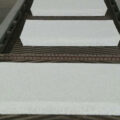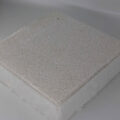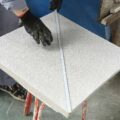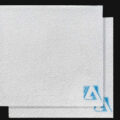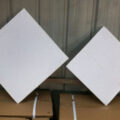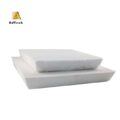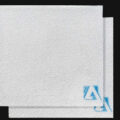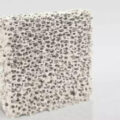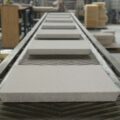Cake filtration is the most common mechanism in which the foam ceramic foundry filters acts as a sieve and retains particles larger than its pore size on the surface of the filter. These retained particles then form a screen and capture particles smaller than the filter aperture. As the cake accumulates on the surface of the filter, the process continues. Once the cake begins to form, the original filter serves only as a support for the cake, thus realizing the actual filtration of the melt. With the accumulation of filter cake, the pressure drop of the whole filter will increase, and the flow rate will decrease or stop sharply. At this stage, the filter is considered to be blind or clogged.
Deep bed filtration occurs inside the foam ceramic foundry filters medium as metal flows through the filter hole. The particles are trapped and held by electrostatic force when they contact the wall of the hole. The trapped particles are usually significantly smaller than the pore size of the filter. This is because novices cannot understand why seemingly coarse filters are extremely effective at removing inclusions of all sizes. All the conditions required for electrostatic force to bond these oversized particles to the filter hole wall are to initiate contact. If the weight of the particles is too large to easily follow the flow path of the liquid metal, this contact may occur due to precipitation. The second contact mode is direct impact, and the third is the velocity reduction effect caused by friction on the hole wall surface.
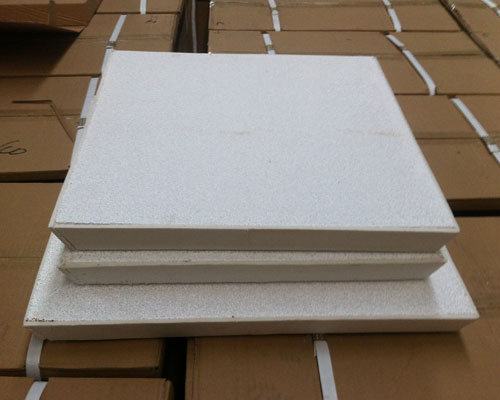
In Europe, most foam ceramic foundry filters used to reduce inclusions in liquid aluminum alloy are ceramic foam filters. These filters are light in weight, high in strength and large in aperture. Generally, the usable range of foam ceramic filter is 10-30 PPI. Porosity is measured by the number of typical pores per inch of filter length. A coarse filter with a small number of holes per inch may have a higher flow rate without a longer blind zone.
The effective use of ceramic foam filter can improve the mechanical properties of casting materials. The ductility (elongation) was significantly improved.
The filtered metal can also produce castings with little change in mechanical properties.
The reason for these improvements is that inclusions can cause fracture and fatigue cracks in castings. Reducing the number of inclusions through the use of ceramic foam filters will reduce the number of sites that can nucleate these cracks, thus improving the mechanical properties of the cast metal and reducing the propagation of these properties.

